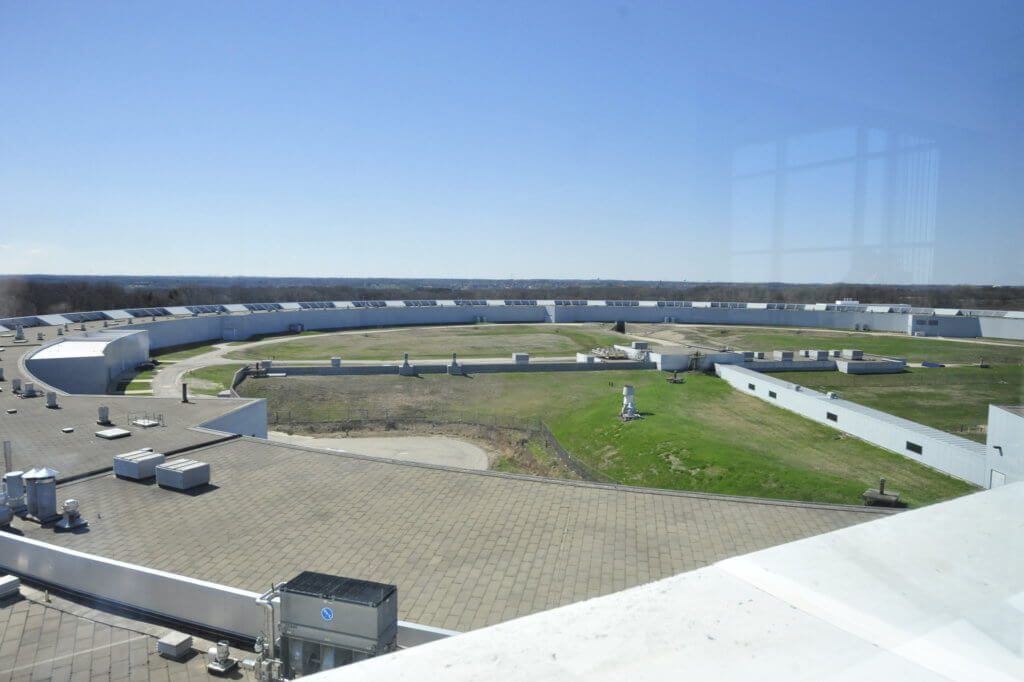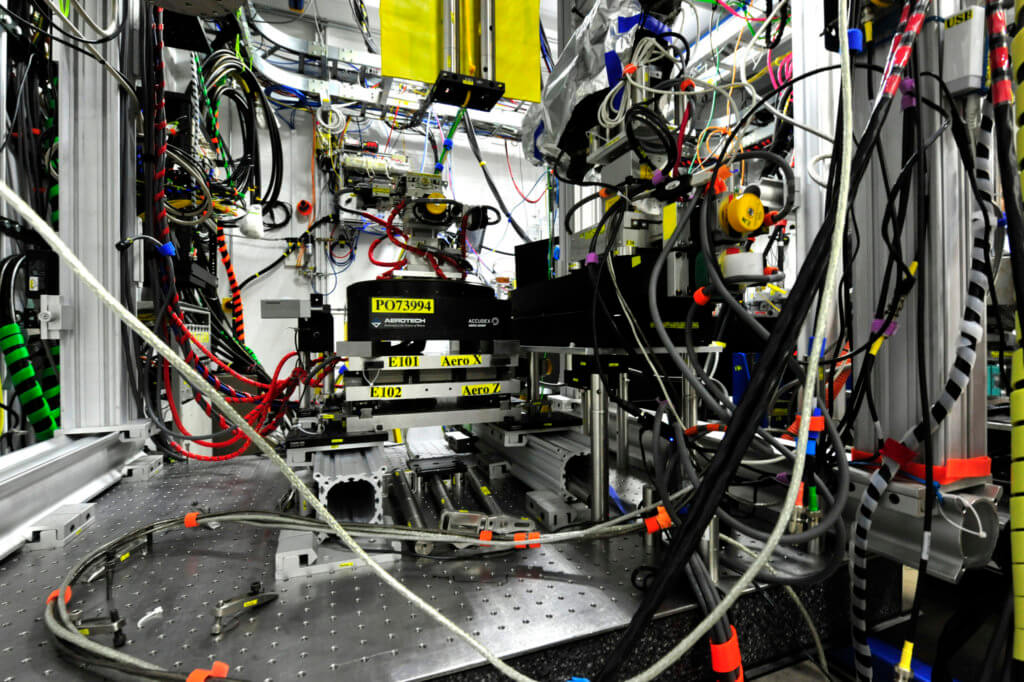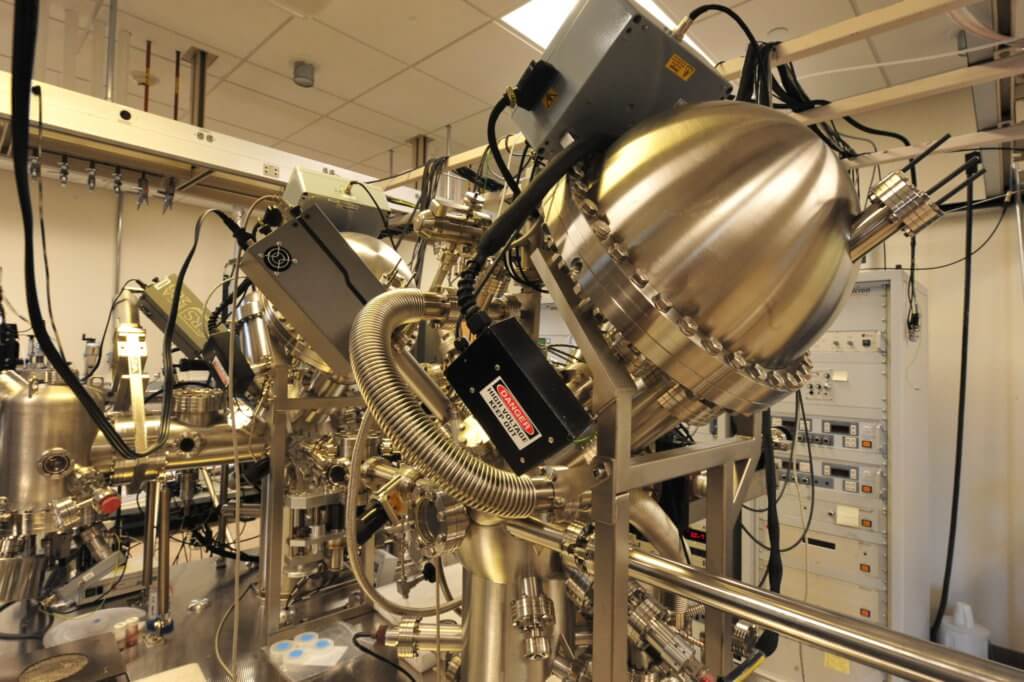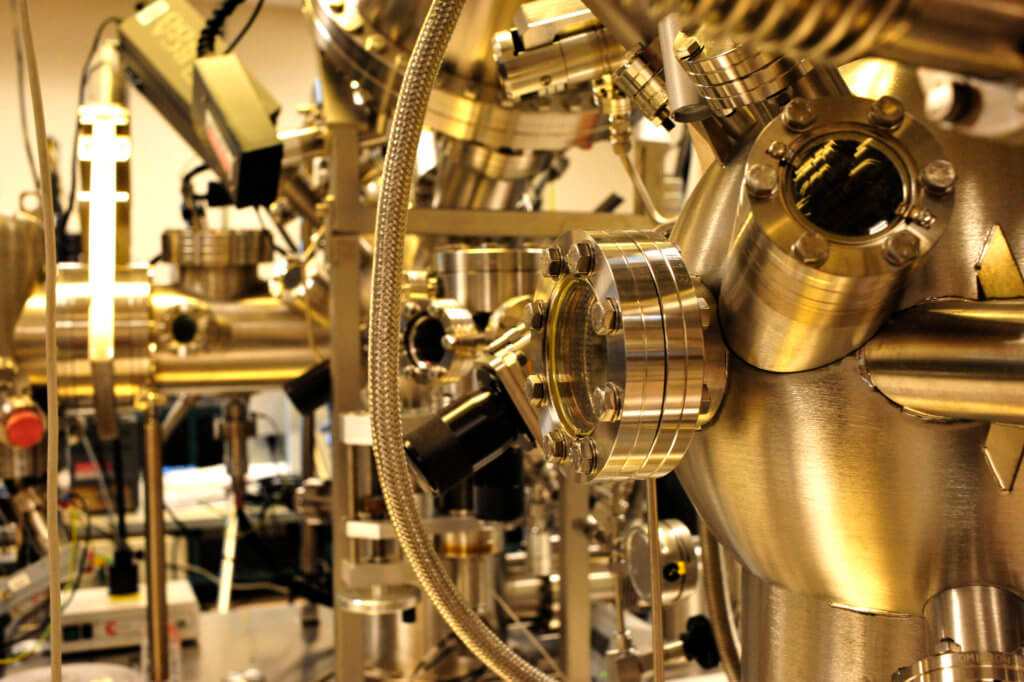
Industry–national lab collaboration seeks unrealized potential of a venerable battery technology
The complex interactions inside a lead battery while it charges and discharges remain mysterious, even 159 years after the technology’s invention. But now the lead battery is headed for a high-tech makeover that will make this sustainable mainstay product more appealing to the automotive industry and the power grid.
Under the terms of a new agreement signed with the U.S. Department of Energy’s Argonne National Laboratory, 14 members of the Consortium for Battery Innovation have joined forces with Electric Applications to grapple with some of their common challenges.
“This is a beautiful example of how synergy between industry and science can drive innovation,” said Venkat Srinivasan, director of the Argonne Collaborative Center for Energy Storage Science (ACCESS). “These leading companies of the lead battery industry want to do pre-competitive R&D using some of the most advanced tools, techniques and capabilities at Argonne to help improve the longevity of lead batteries. Every company faces this problem. Once you understand the complex chemical interactions inside these batteries, you can start to propose solutions to further extend their life.”
The research will be a collaborative effort between Argonne’s Advanced Photon Source (APS), and the laboratory’s Chemical Sciences and Engineering and Materials Science divisions. The APS is a DOE Office of Science User Facility that provides ultra-bright, high-energy X-ray beams for research in almost all scientific disciplines.
Tim Fister, an Argonne materials scientist in the Chemical Sciences and Engineering division, will be using the state-of-the-art tools at the APS to understand the changes in the battery during its operation. Argonne’s Materials Science division operates the Electrochemistry Discovery Laboratory, where a team of experts led by Vojislav Stamenkovic, senior scientist and tech leader, will explore the behavior of materials at the atomic scale to reveal the structure-function relationships responsible for lead battery operation.
“We’ve developed so many tools and techniques in the last five years, and we now have a chance to understand how we can unlock the potential for the next generation of batteries. We can see things that we couldn’t have seen even 10 years ago,” Srinivasan said.
The nine guiding members of the program include Crown Battery Manufacturing Company, Doe Run Resources Corporation, East Penn Manufacturing Company, EnerSys, Exide Technologies, Johnson Controls, NorthStar Battery Company, RSR Technologies and Trojan Battery Company. Additional members include Superior Graphite, Microporous LLC, Cabot Corporation, Borregard Lignotech and Advanced Battery Concepts.
“There is a need, and the resources are available at Argonne and industry is willing to invest in advanced technology,” said Don Karner, president of Electric Applications Incorporated of Phoenix and the program manager for the companies. “Bringing all three of those elements together, we’re hoping to gain significant knowledge that will help the members significantly improve the performance of their battery products. The science program will focus Argonne’s resources and expertise on improving the performance of lead batteries to assist the industry in meeting market demands for existing applications and for new applications.”
To date, Argonne has focused much of its attention on lithium-ion and beyond-lithium-ion batteries. Its researchers have blended different chemical elements in an effort to squeeze more energy out of the lithium-ion system. But the expertise and techniques that Argonne has tapped also apply to lead batteries, Karner said. He sees Argonne and the other members as a special breed of explorers and miners.
Tim Ellis, Chairman of CBI, and President of RSR Technologies said, “Lead batteries are a critical foundation technology underpinning everything from the cars we drive to the cell phone networks they back up. This new project, with Argonne’s scientists, will help make the leap to the next generation of advanced lead batteries, as well as supporting efforts to meet the growing demand for reliable, safe and effective rechargeable battery energy storage. This is cutting edge research employing techniques not previously utilized for lead batteries, and we are confident the results will prove ground-breaking.”
Argonne and the consortium members seek to build upon the work of their predecessors. For the last century, lead battery manufacturers have invested much of their research in assessing the viability of processing methods and additives without fully understanding the underlying chemistry. “We will provide a better understanding of this technology through fundamental electrochemistry and through high precision, custom built tools,” Stamenkovic said.
“We are particularly interested in the lead sulfate crystal growth and dissolution process, and in learning how to control the latter in a more effective manner,” Fister said. The lead sulfation issue limits lead battery performance to less than half its potential. Tapping a significant portion of that unused potential would result in even better low-cost, recyclable batteries for mobile and stationary market applications.
Once Argonne researchers better understand these processes, they will begin analyzing how the addition of various additives may improve lead battery performance, much as they have done with lithium-ion batteries.
About Argonne
Argonne National Laboratory seeks solutions to pressing national problems in science and technology. The nation’s first national laboratory, Argonne conducts leading-edge basic and applied scientific research in virtually every scientific discipline. Argonne researchers work closely with researchers from hundreds of companies, universities, and federal, state and municipal agencies to help them solve their specific problems, advance America’s scientific leadership and prepare the nation for a better future. With employees from more than 60 nations, Argonne is managed by UChicago Argonne, LLC for the U.S. Department of Energy’s Office of Science.
The U.S. Department of Energy’s Office of Science is the single largest supporter of basic research in the physical sciences in the United States and is working to address some of the most pressing challenges of our time. For more information, visit the Office of Science website.
About CBI
For more than 25 years, the Consortium for Battery Innovation has delivered cutting-edge research taking lead batteries to a new level. With an expert panel made up of the world’s leading battery manufacturers and research specialists, the Consortium is setting the standard for advanced lead batteries and the next generation of energy storage.
Our members are drawn from battery manufacturers and lead producers worldwide, all with a common aim to inspire the latest research to help design and produce technology for advanced lead batteries.
For more information:
Argonne Contact:
Ben Schiltz bschiltz@anl.gov Tel:
+1 630-252-5640
CBI Contact:
Hywel Jarman hywel.jarman@batteryinnovation.org Tel: +44 (0) 207 833 8090; +44 (0) 7718 483887
Niamh McLaughlin niamh.mclaughlin@batteryinnovation.org Tel: +44 (0) 207 833 8090
Fact sheets:
Click here to view the project fact sheet.
Click here to view the project technical summary.
Photographs






